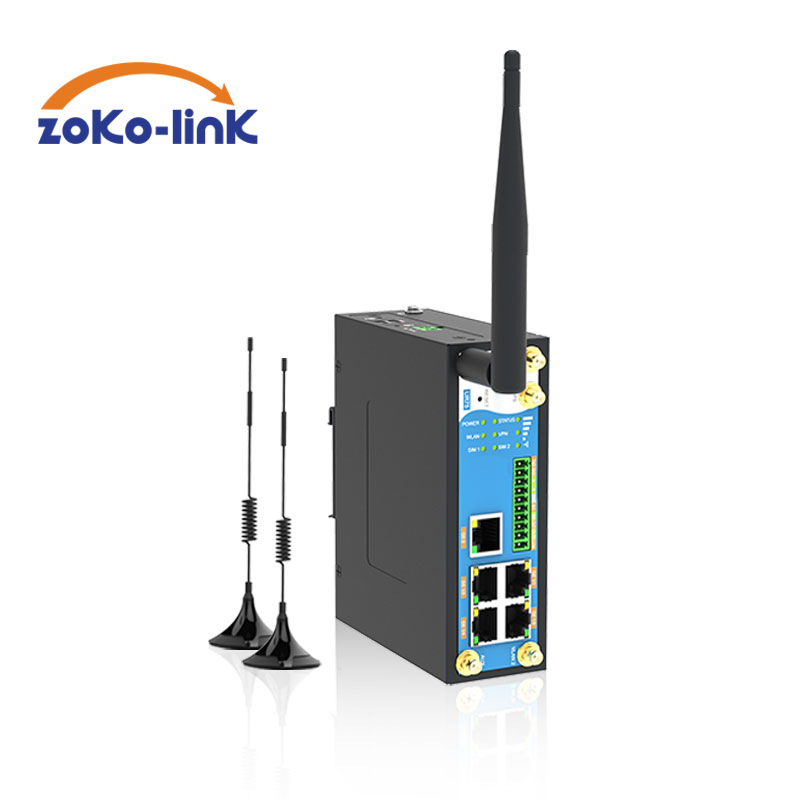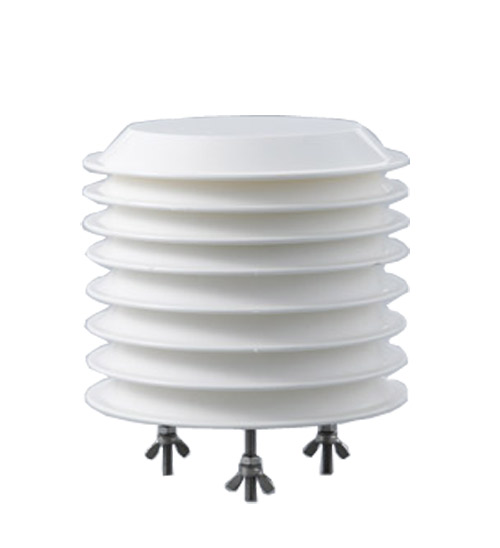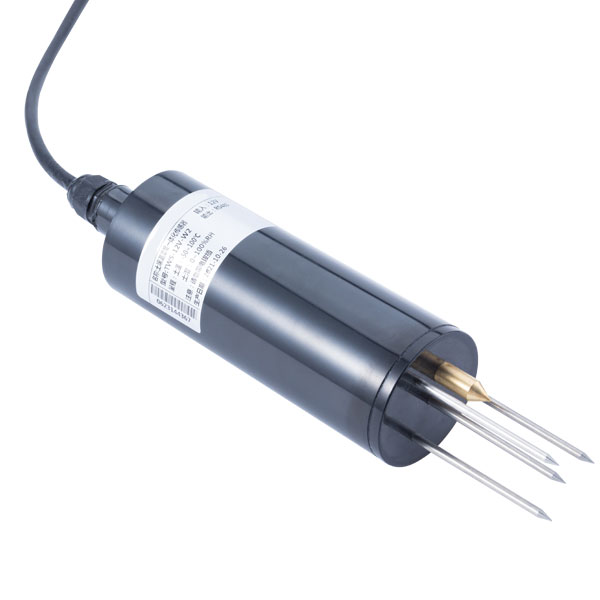

— Blogs —
—Products—
 Consumer hotline +8618073152920
Consumer hotline +8618073152920 WhatsApp:+8615367865107
Address:Room 102, District D, Houhu Industrial Park, Yuelu District, Changsha City, Hunan Province, China
Product knowledge
Time:2022-01-02 18:33:26 Popularity:900
Industrial router selection: analysis of the seven core performance of industrial routers
Industrial router is a kind of use public wireless network to provide users with wireless data transmission function. How to choose a good industrial router is not that simple, so what performance does a good industrial router have? Let's take a look at the seven core performances of industrial routers.
ONE: Throughput
Throughput is the packet forwarding capability of the core router. Throughput is related to the number of router ports, port speed, data packet length, data packet type, routing calculation mode (distributed or centralized), and test method. It generally refers to the processor's ability to process data packets. The packet forwarding capacity of high-speed routers is at least 20Mpps or more. Throughput mainly includes two aspects:
1. Throughput of the whole machine
The whole machine refers to the packet forwarding capability of the whole machine, and it is an important indicator of equipment performance. The router's job is to select the route based on the IP header or MPLS label, so the performance index refers to the number of forwarded packets per second. The throughput of the whole machine is usually less than the sum of the throughputs of all ports of the core router.
2, port throughput
Port throughput refers to the port packet forwarding ability, which is the packet forwarding ability of the core router on a certain port. Usually two test interfaces of the same rate are used. Generally, the test interface may be related to the location and relationship of the interface. For example, the throughput of a test between ports on the same plug-in card may be different from the throughput value between ports on different plug-in cards.

Two: routing table capability
Routers usually rely on the established and maintained routing tables to determine packet forwarding. The routing table capacity refers to the limit of the number of routing table entries contained in the routing table. Since the core router that implements the BGP protocol on the Internet usually has hundreds of thousands of routing table entries, this project is also an important manifestation of the router's capabilities. Generally speaking, high-speed core routers should be able to support at least 250,000 routes, and each destination address provides at least 2 paths on average. The system must support at least 25 BGP peers and at least 50 IGP neighbors.
Three: Backplane ability
Backplane refers to the physical path between input and output ports. Backplane capability is the internal implementation of core routers. Traditional core routers use shared backplanes. However, as high-performance routers, they will inevitably encounter congestion problems. Secondly, it is difficult to design high-speed shared buses. Therefore, existing high-speed core routers generally use The design of exchangeable backplane. The backplane capability can be reflected in the router throughput, and the backplane capability is usually greater than the value calculated based on the throughput and test packet length. However, the backplane capability can only be reflected in the design and generally cannot be tested.
Four: Packet loss rate
Packet loss rate refers to the proportion of data packets that cannot be forwarded due to lack of resources in the core router under a stable continuous load. The packet loss rate is usually used to measure the performance of the core router when the router is overloaded. The packet loss rate is related to the length of the data packet and the frequency of packet transmission. In some environments, you can add route jitter or a large number of routes to test and simulate.
Five: Number of back-to-back frames
The number of back-to-back frames refers to the number of data packets when the maximum number of data packets sent at the minimum frame interval does not cause packet loss. This indicator is used to test the cache capability of the core router. For core routers with wire-speed full-duplex forwarding capability, the index value is infinite.
Six: Delay
Delay refers to the time interval between the first bit of a data packet entering the router and the last bit outputting from the core router. This time interval is the processing time of the core router working in store-and-forward mode. The delay is related to the length of the data packet and the link rate, and is usually tested within the range of the router port throughput. Delay has a greater impact on network performance. As a high-speed router, in the worst case, it is required that the delay of IP packets of 1518 bytes and below are all less than 1ms.
Seven: Delay jitter
Delay jitter refers to delay variation. Data services are not sensitive to delay jitter, so this indicator is usually not used as an important indicator to measure high-speed core routers. For IP services other than data, such as voice and video services, this indicator is necessary to test.
Sensors & Weather Stations Catalog
Agriculture Sensors and Weather Stations Catalog-NiuBoL.pdf
Weather Stations Catalog-NiuBoL.pdf
Related recommendations
Related products
 Atmospheric Temperature Humidity Pr···
Atmospheric Temperature Humidity Pr··· Soil Temperature Moisture Sensor 4-···
Soil Temperature Moisture Sensor 4-··· Air temperature, humidity and atmos···
Air temperature, humidity and atmos···
Screenshot, WhatsApp to identify the QR code
WhatsApp number:+8615367865107
(Click on WhatsApp to copy and add friends)